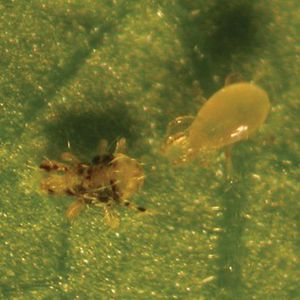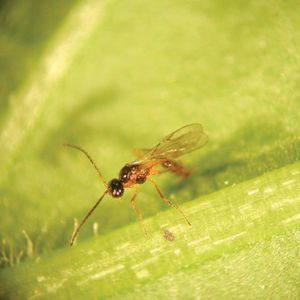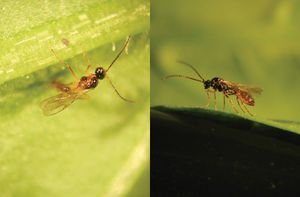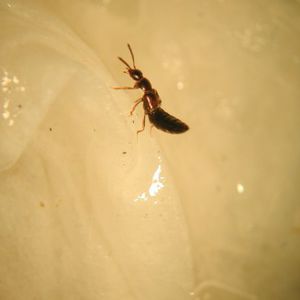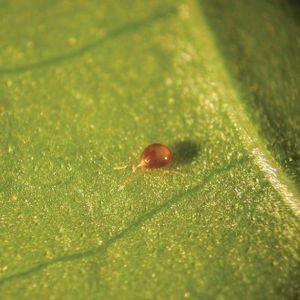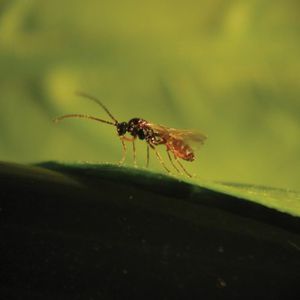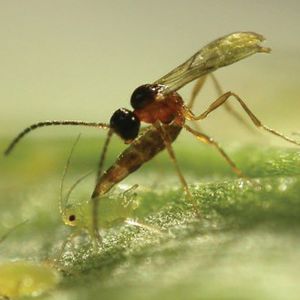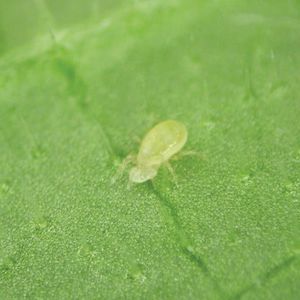
- Seeds and crop inputs
- Crop input
- Against aphids lacewing
- Biobest Group NV

- Products
- Catalogs
- News & Trends
- Exhibitions
Against fly lacewing Chrysopaagainst aphidsagainst cochinealsagainst Thrips
Add to favorites
Compare this product
Characteristics
- Target
- against fly, against aphids, against cochineals, against Thrips
Description
Chrysopa carnea
The big winged and golden eyed Chrysopa carnea, better known as green lacewing, often occurs spontaneously in greenhouses and open fields. The adult green lacewing is not a predator but feeds on nectar, honeydew and pollen. However, the larvae are extremely greedy and very efficient in hot spots. One larva can eat up to 50 aphids per day. Chrysopa larvae also feed on other insects like mealy bugs, red spider mites, thrips, white flies and small caterpillars.
Chrysopa carnea is applicable in different vegetable, fruit and ornamental crops, especially with a high temperature variation and/or changing relative humidity, as its activity hardly depends on temperature and does not depend on relative humidity.
Catalogs
No catalogs are available for this product.
See all of Biobest Group NV‘s catalogsExhibitions
Meet this supplier at the following exhibition(s):

*Prices are pre-tax. They exclude delivery charges and customs duties and do not include additional charges for installation or activation options. Prices are indicative only and may vary by country, with changes to the cost of raw materials and exchange rates.







